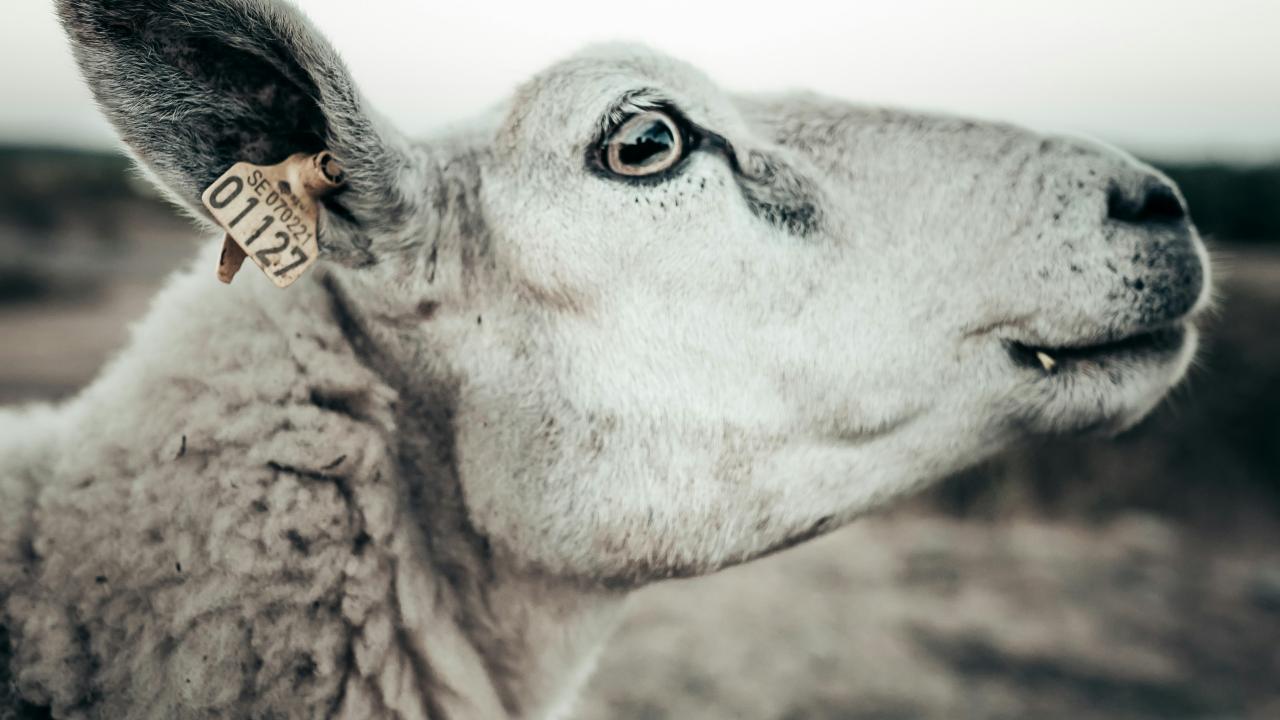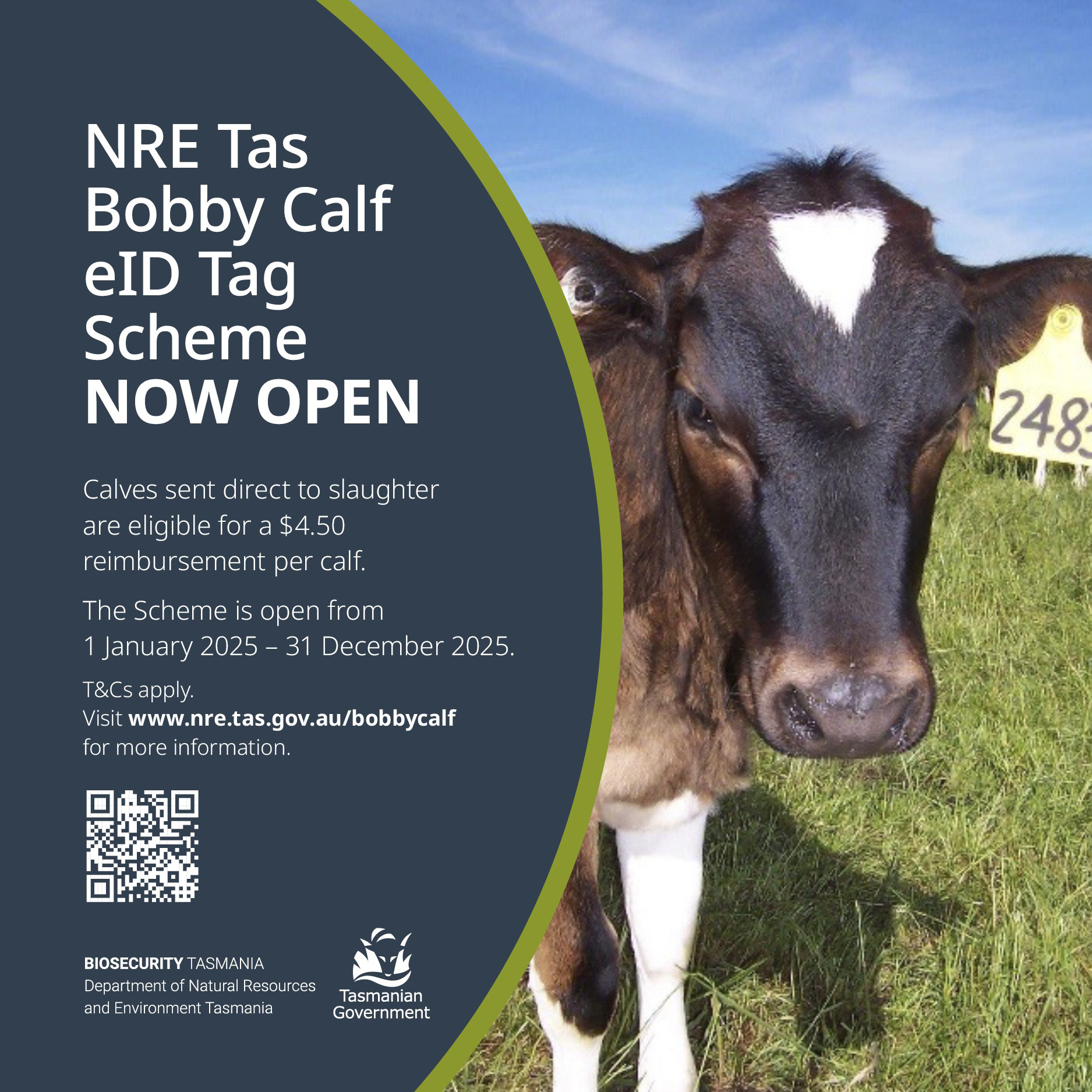Anger rises over looming eID deadline

THE deadline for implementing Electronic Identification (eID) tags on all sheep and goats is fast approaching – and producers are feeling the weight of the impending mandate.
From January 1, 2025, every sheep and goat born will need to be fit with a digital tag.
The new requirement promises to enhance traceability and streamline data collection, but it also brings with it a host of challenges and concerns for some producers.
Owner of Bicton Farm George Gatenby runs a merino sheep operation and expressed frustration with the eID system stating it will cost his business an extra $10,000 a year.
He said the scheme has been poorly rolled out and lacks consultation with industry and suggested in a letter to the Government that tags shouldn’t be made mandatory until 2032, not 2027.
“The Government continues to say that they’ve provided great feedback and information to producers, but it is clear to me there’s a complete lack of understanding among producers,” Mr Gatenby said.
“Producers aren’t sure what they’re required to do or what’s available to them.”
Mr Gatenby said that some landholders hadn’t even received official information about the upcoming changes and what they entail.
“When I asked Biosecurity Tasmania what they have done in relation to consultation I learned they only sent out emails to those that were already in their database—they had physical addresses, they could have sent mail out, but they haven’t.”
“It’s an issue that they haven’t communicated properly with sheep producers,” he said.
Mr Gatenby also stated connectivity issues were a concern as many producers in rural areas, including Mr Gatenby, have poor internet access meaning online processes can add extra pressure.
“It’s the software and the reporting that will hurt us especially for those with poor or no connectivity, it’s an added cost and burden,” he said.
“We’re moving into a new age where we’re required to have these processes on time, but we don’t have any way of processing them.”
“I’d say 85 per cent of producers don’t have the capacity, don’t have the current skill set nor do they require this information to make their businesses better,” he said.
He said the timeframe for implementation has been inadequate, highlighting many producers were only informed of the changes in May 2024, leaving them with little time to catch up.
“By 2027, all animals leaving the farm will need eID tags, which means we'll have to replace current compliant tags with new ones, which is double the cost, double the work and double the waste.”
Minister for Primary Industries Jane Howlett said to support the transition into new tags, round 3 of the Sheep and Goat eID Project will provide $2.3 million in funding for reimbursement.
“Traceability through eIDs will further protect our agriculture industry and is a valuable on-farm and off-farm tool.”
Ms Howlett said that producers can apply for reimbursement on eligible scanning items from now until June 30 2025, or until funds are exhausted, whichever comes first.
“This funding will support sheep and goat producers, agricultural show societies, organisations that run rural livestock events, not-for-profit organisations, local government and mobile veterinarians by providing rebates for eID scanning equipment purchases.”
According to an eID rollout document from Biosecurity Tasmania, the emergence of diseases in Indonesia such as Foot and Mouth Disease and Lumpy Skin Disease increased the risk of an incursion of these diseases into Australia and reaffirmed the need for a national traceability system: eID tags.
It said that in the event of an emergency animal disease outbreak it is critical that animal location and movements can be traced quickly to limit spread of the disease, minimise the number of animals impacted, reduce the impact on producers, supply chains and the community.
In addition to improving traceability the document says eID enables other benefits along including more informed flock and herd management decisions such as fertility and health treatments, improved individual carcass data and market access advantage with trading partners through the traceability system.
“As producers we don’t necessarily mind mandatory eID tags if that’s what the consumer wants, it’s everything else that the government are trying to do at the same time,” Mr Gatenby said.
He highlighted that there are much stricter rules coming in, including financial penalties for late reporting, which adds to the burden without addressing existing issues.
Mr Gatenby compared the eID rollout to the ongoing problems with cattle traceability, noting that if the cattle database is flawed, transitioning to the same system for sheep is problematic.
“There’s a lot of hesitation and confusion among producers,” Mr Gatenby said.
“It also seems like the government isn’t listening to farmers concerns.”
For Mr Gatenby’s operation, the cost of implementing eID tags for his 5,000 lambs is estimated at $10,000 annually.
He said it was a significant expense for a system that replicates what already works.
Despite the government's subsidies for the eID system, Mr Gatenby questions the economic benefit of the eID’s.
"There are millions of dollars in subsidies, but is this the best use of those funds?”
“I’ve heard comments from people saying, why if I have to send my sheep 20 minutes down the road from where I live and I’m in the same biosecurity zone as the abattoir, do I have to cut a tag out and put another tag into their ears when it’s obvious where they’ve come from. It was a system that already worked,” Mr Gatenby said.




Add new comment